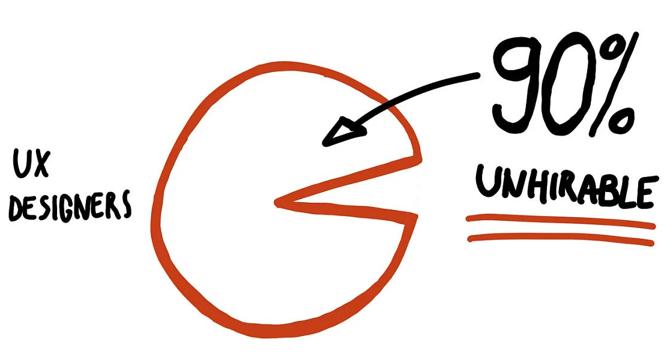ADPList’s Newsletter
3M
351

Image Credit: ADPList’s Newsletter
90% of designers are unhirable?
- The article discusses why 90% of designers struggle to land jobs at top companies due to the prevalent linear design process in portfolios.
- Most designers present cookie-cutter case studies that follow a predictable path, failing to showcase creativity or problem-solving skills.
- Linear processes in portfolios make the design work seem too perfect and lack authenticity, affecting credibility.
- Design-mature companies seek designers who can creatively solve problems, not just follow a standardized process.
- A shallow portfolio with generic case studies may secure a job in UX but limit growth opportunities in companies that value innovation.
- The discrepancy between ideal process teachings and real-world design practice results in many designers presenting linear, unrealistic case studies.
- Approximately 90% of designers may be deemed unhirable by companies looking for creative problem solvers rather than process followers.
- The design process is often non-linear and messy, requiring adaptation to unexpected challenges and continuous learning.
- Designers are advised to balance assertiveness with a learning mindset, moving away from rigid processes and embracing a more adaptive approach.
- Early-career designers are encouraged to focus on practical problem-solving and continuous improvement rather than fixating on idealized design processes.
Read Full Article
20 Likes
For uninterrupted reading, download the app